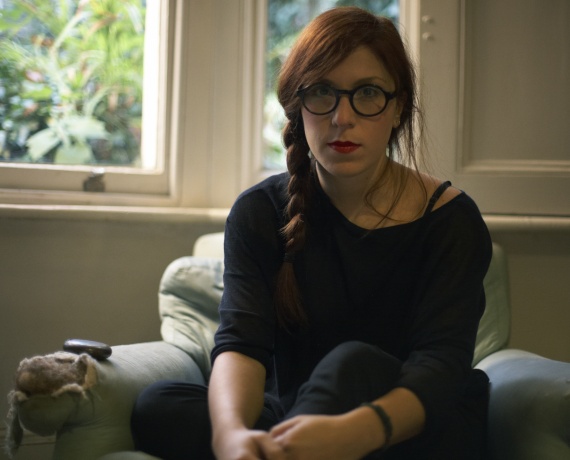Editor: Rena Pitsaki
Art Historian
Translation: Dimitra Stasinou
We find ourselves in an era of selective and subjective memory. On many levels, this means that each and every one of us, through a construction of collective and personal memories, chooses deliberately and intentionally what to retrieve, what to misrepresent and what to repel from their memory. This is a choice that usually depends on opportunistic tendencies, sociopolitical orders or even personal benefit. Despite all that, memory is also the natural recollection, the instinctive gleaming, the effortless remembrance and the intuitive tendency of returning in a moment of the past. At this level, the visual attribution of memory flashes is always interesting and creates a narrative that converses with time.
Visual artist Rania Bellou, in her work, attempts to do a complete research in cultural narrations and structures inside the immense past, by retrieving from oblivion memories that are recalled and forged and finally obtain a new identity. Her work, which is multilateral and for years consistent in philosophy, represents the way of seeing the world through her own eyes and through her conscious choice to draw artistic inspiration from the themes of memory, oblivion and the imaginary component.

Born in 1982 in Thessaloniki and having studied in the School of Fine Arts of the Aristotle University of Thessaloniki and the Central Saint Martins College of Art and Design in London, she aimed to turn her talent and creativity into profession. Having residencies and participations in her resume in America, London, Dubai, Mexico, Italy, Athens and Thessaloniki and under the umbrella of Kalfayan Galleries, Rania Bellou has now a multilateral, continuously evolving work and a plethora of active participations that make her “artistic voice” more and more dynamic.
Her influences from the voluminous work of Marcel Proust “ In search of lost time” ,that, using a savory experience as stimulus, starts to construct his whole approach on Memory and Oblivion and their extensions, are not only apparent but simultaneously, constitute the theoretical background that among others frames her work. Using the model of subjective memory, as formulated by Proust, as a springboard of her work philosophy, and having examined closely the places of memory, Rania Bellou aspires to propose a viewing of personal recollections while overthrowing the limits of time and entering the places of the imaginary.
Visits in mini markets of London and thrift shops, along with her digging into the ‘treasure chest’ of her home and finding photos, souvenirs, old diaries and postal cards, provide Rania with the first material she needs. It is a type of material that consists of ‘contemporary lucky charms’ which bridges the temporal, age and cultural gaps and describes a fine story. The handmade Japanese paper called Gampi or Kozo she mainly uses, in combination with her pencil shading techniques, give her the chance to portray the sense of the fragility and the faintness of transparency, which embraces her forms. They also present the ambient and sensuous texture, through which a palimpsest of narrative is created, the sense of time is intermingled and stories within stories are written. Each and every project she makes depicts ‘a free of charge travel among unclear and vague mental images’ which allows various interpretations and lets the audience interact with it.
Memories play a significant role in recalling the past, living the present and securing the future. They consist of the core of our inner and deeper thoughts, the life we have lived and our personal experiences. As always, Art functions in a redeeming way and comes to re-evaluate and transform the memories. Through this function, questions upon the notion of identity, culture and experience emerge which need to be re-examined in current terms.


